Pests On Lily Of The Valley : Bugs And Animals That Eat Lily Of The Valley Plants
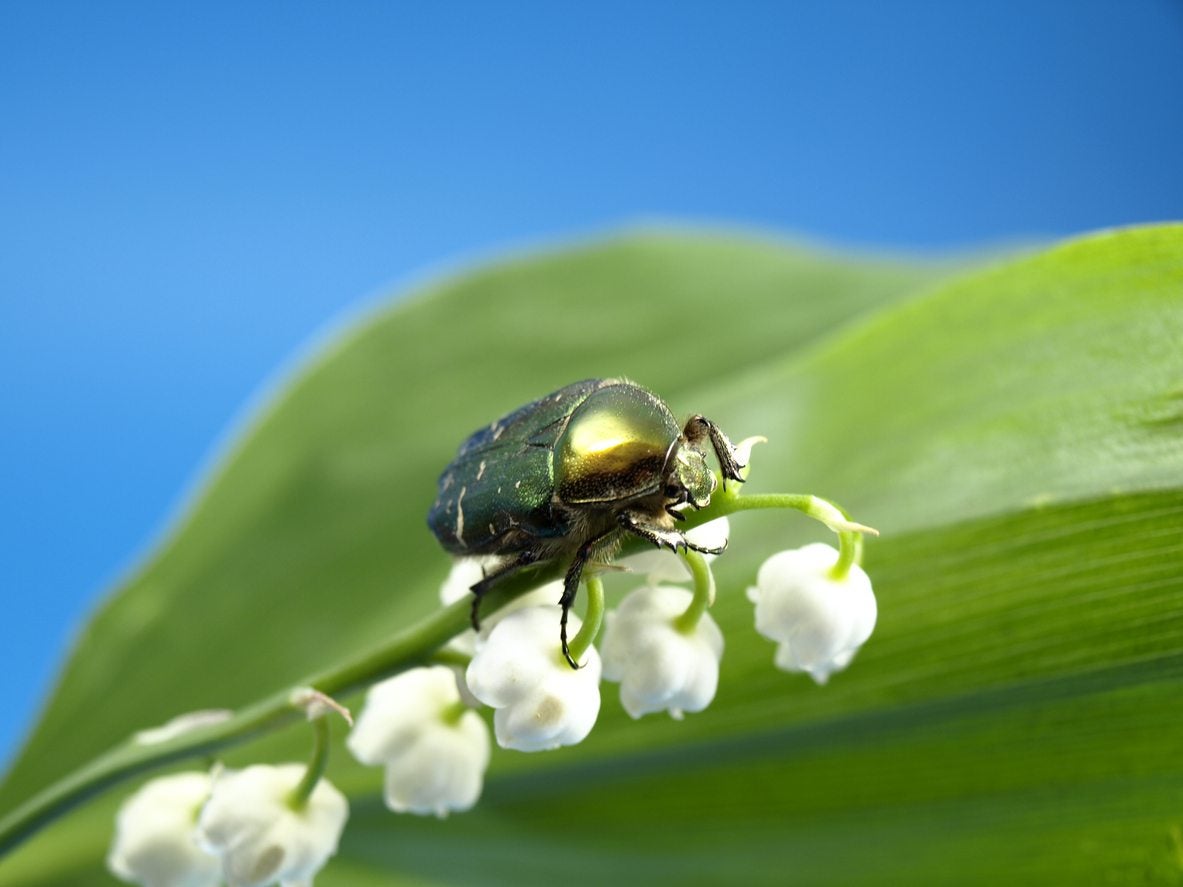

A fetching spring perennial, lily of the valley is a native of temperate Europe and Asia. It thrives as a landscape plant in the cooler, moderate ranges of North America. Its sweetly fragrant small, white flowers are a harbinger of summer's warmth. It is not a difficult plant to grow but does require some light maintenance, especially consistent water. There are few disease issues or lily of the valley pests. These are easily managed provided you know what you are looking for and how to treat the problem. Learn what pests on lily of the valley might be of concern, and how to identify and combat them.
Are There Animals That Eat Lily of the Valley?
Over time, a lily of the valley patch will spread and fill in with broad, scooping leaves and the tiny, delicate blooms. There are few animals that eat lily of the valley, as the bulbs contain a toxin that even rodents find distasteful. Even deer do not browse the leaves and flowers. The ASPCA cautions home growers against having lily of the valley in the landscape. The plant is extremely toxic to cats, dogs, and even horses. Most wild creatures avoid the plant and its rhizomes. This woodland native produces its own toxins to prevent wild animals from eating it. The toxin can cause diarrhea, vomiting, seizures, arrhythmia, and even death. Insect lily of the valley pests are also not of much concern, although there are some crawling gastropods that find the leaves rather tasty.
Potential Lily of the Valley Pests
Due to the plant's toxicity, it is rarely bothered by any insects. However, insect pests may have a field day on the leaves and some also snack on the flowers. In hot, dry conditions, spider mites may suck sap from leaves, causing them to turn yellow or stipple. Some gardeners claim weevils are also snacking on their lily of the valley plants, but their appearance is usually brief and does not hurt the plant. The most common and prevalent of the pests are snails and slugs. These gastropods will do quite a bit of damage to the foliage, creating ragged holes in the leaves. This does not destroy the plant, but can reduce its vigor, since leaves are important to the photosynthesis process where plants turn solar energy into carbohydrate fuel.
Treating Pests on Lily of the Valley
Slugs and snails do the most damage to the plant. In raised beds, lay copper tape around the perimeter. The pests are repelled by the metal. You may also choose to use a prepared slug bait but some of these are toxic in the garden with children and pets. Fortunately, there are several safe products on the market. Pull away any mulch, where the pests hide and breed. You may also set traps or containers filled with beer to drown the gastropods. Begin trapping three weeks after the last frost to catch the pests. Refill traps weekly. Alternatively, you can go out after dark with a flashlight and pick off the ravagers. Destroy them how you like, but the process is non-toxic and completely safe in the home landscape.
Gardening tips, videos, info and more delivered right to your inbox!
Sign up for the Gardening Know How newsletter today and receive a free copy of our e-book "How to Grow Delicious Tomatoes".

Bonnie Grant is a professional landscaper with a Certification in Urban Gardening. She has been gardening and writing for 15 years. A former professional chef, she has a passion for edible landscaping.
-
 Looking For Plants To Give You The Soft And Fuzzies? Try These 5 Fuzzy Leaf Plant Options
Looking For Plants To Give You The Soft And Fuzzies? Try These 5 Fuzzy Leaf Plant OptionsLovers of texture, drama, silver foliage and tactile plants will adore these special sensory garden additions. These fuzzy leaf plant options will leave you all aglow
By Susan Albert
-
 Get Ready For A Summer Of Hummers! Grow These Full Sun Hummingbird Plants and Flowers
Get Ready For A Summer Of Hummers! Grow These Full Sun Hummingbird Plants and FlowersIf you’re lucky enough to enjoy a sunny backyard, make sure you are maxing out on your pollinator opportunities and grow these full sun hummingbird plants and flowers
By Tonya Barnett
-
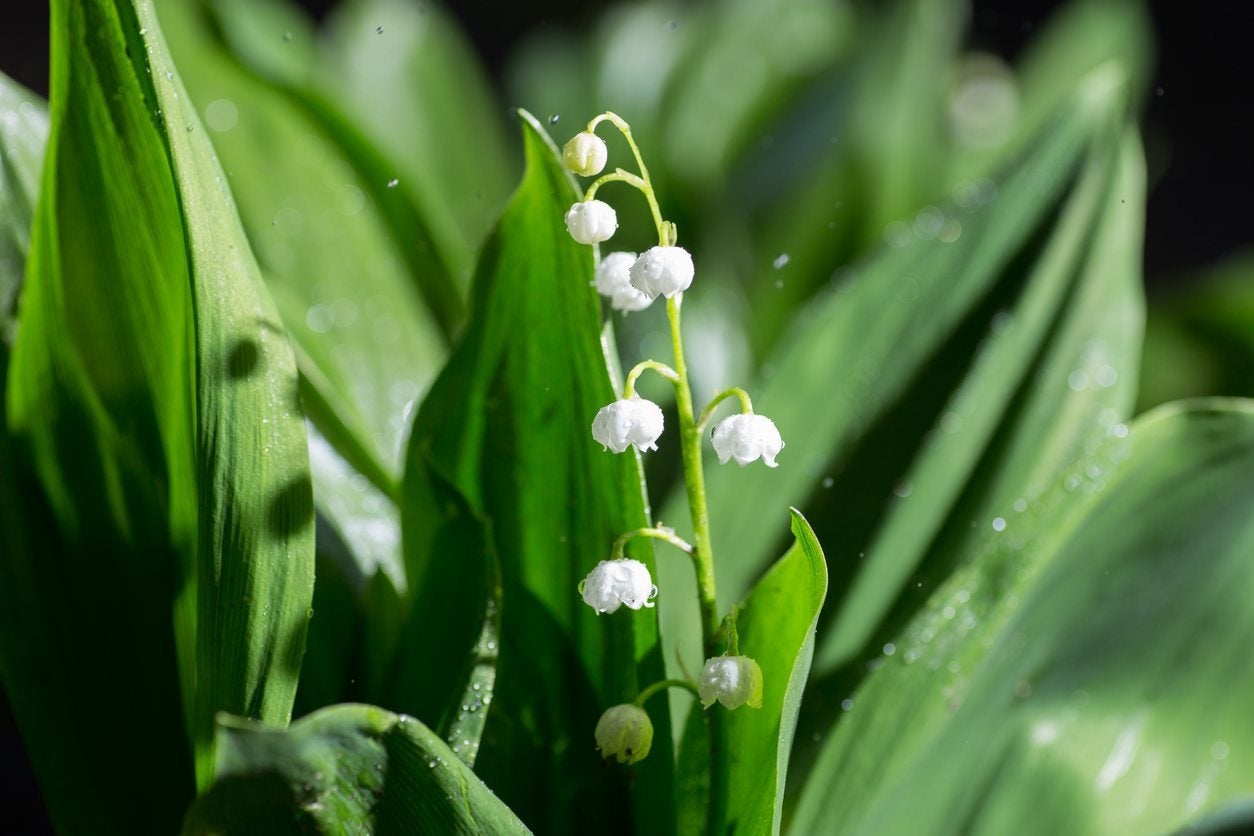 Treating Diseased Lily Of The Valley Plants – Symptoms Of Lily Of The Valley Disease
Treating Diseased Lily Of The Valley Plants – Symptoms Of Lily Of The Valley DiseaseThere are some plants that it almost breaks your heart to see sick. Lily of the valley is one of those plants and one that's worth trying to save, when you can. Click here to learn how to treat sick lily of the valley, as well as ways to keep your plants healthier.
By Kristi Waterworth
-
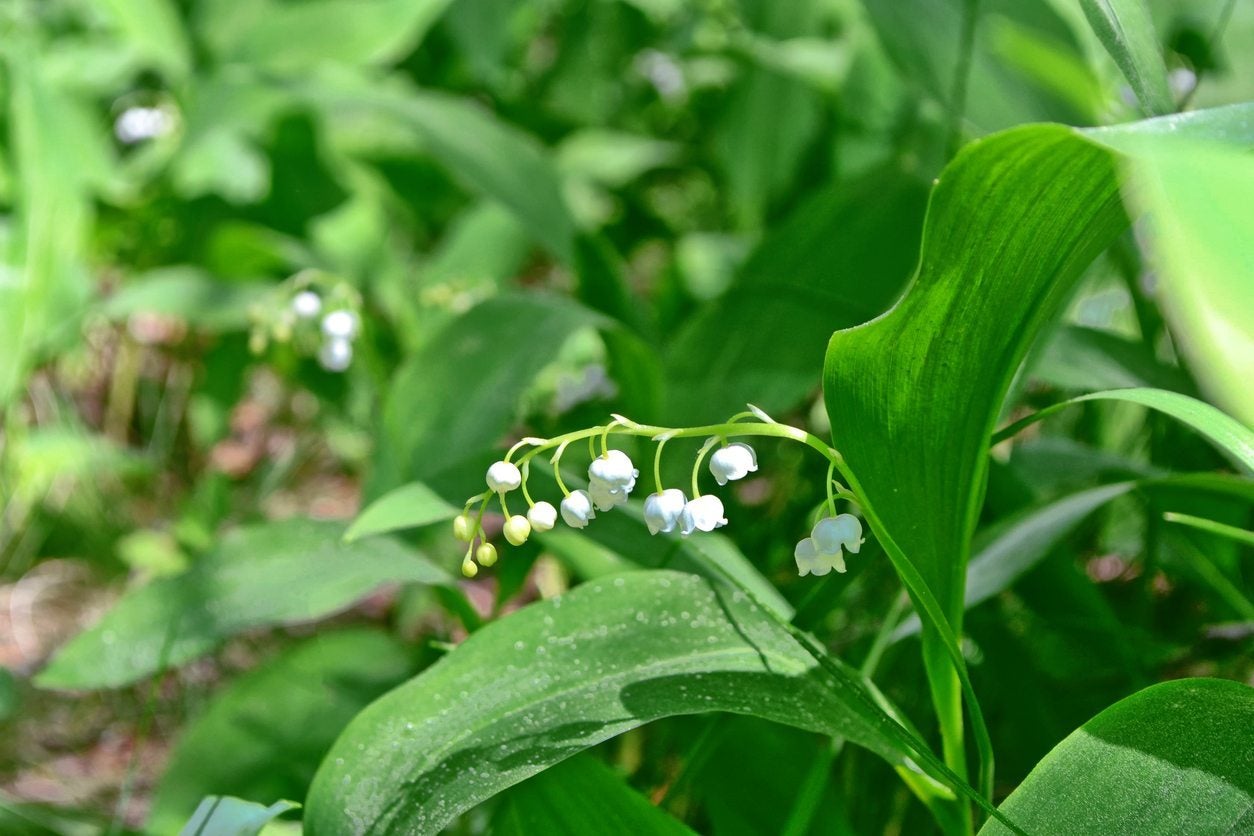 Lily Of The Valley Has Yellow Leaves – Reasons For Yellow Lily Of The Valley Leaves
Lily Of The Valley Has Yellow Leaves – Reasons For Yellow Lily Of The Valley LeavesLily of the valley is known for its sweet fragrance and delicate white nodding flowers. When those two things are accompanied with yellow foliage, it's time to dig a little deeper to figure out what's wrong. Learn more about yellowing lily of the valley in this article.
By Kristi Waterworth
-
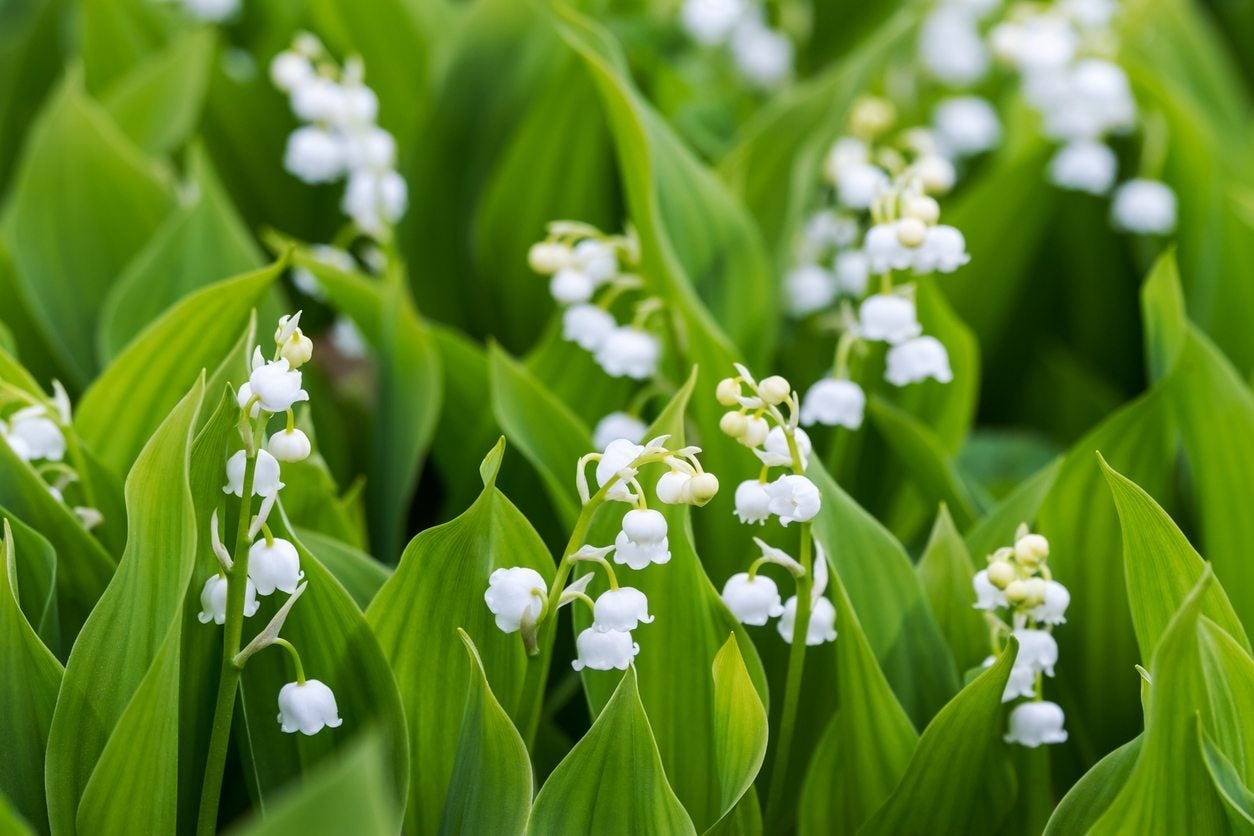 Moving Lily Of The Valley Plants: When To Transplant Lily Of The Valley
Moving Lily Of The Valley Plants: When To Transplant Lily Of The ValleyA rapid spreader, people find themselves moving lily of the valley all the time with no ill effects to the plant. That said, if you?re new to growing this specimen, click on the following article to find out when and how to transplant lily of the valley.
By Amy Grant
-
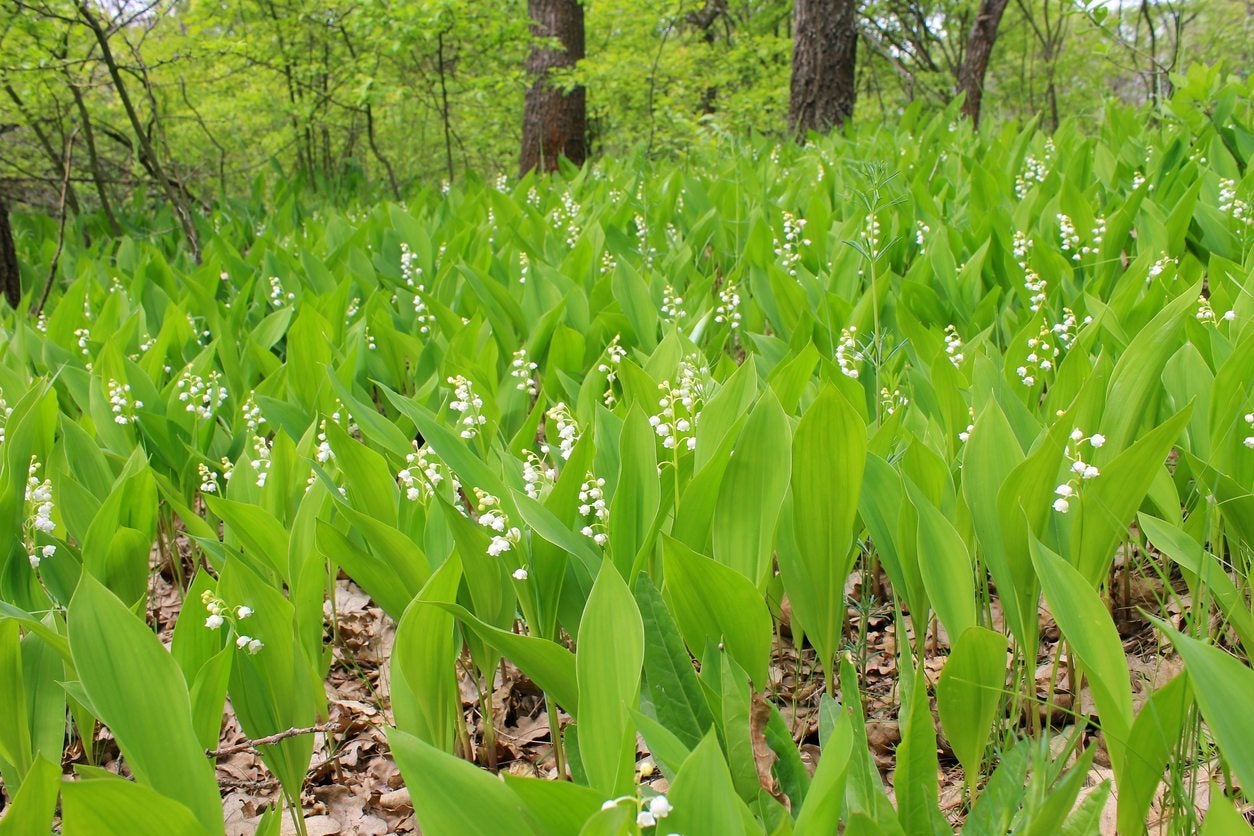 How Invasive Is Lily Of the Valley: Should I Plant Lily Of The Valley Ground Cover
How Invasive Is Lily Of the Valley: Should I Plant Lily Of The Valley Ground CoverIs lily of the valley invasive? Lily of the valley is a perennial plant that grows from stem-like underground rhizomes that spread horizontally, often with amazing speed. It also reproduces from seeds. Exactly how invasive is lily of the valley anyway? Find out here.
By Mary H. Dyer
-
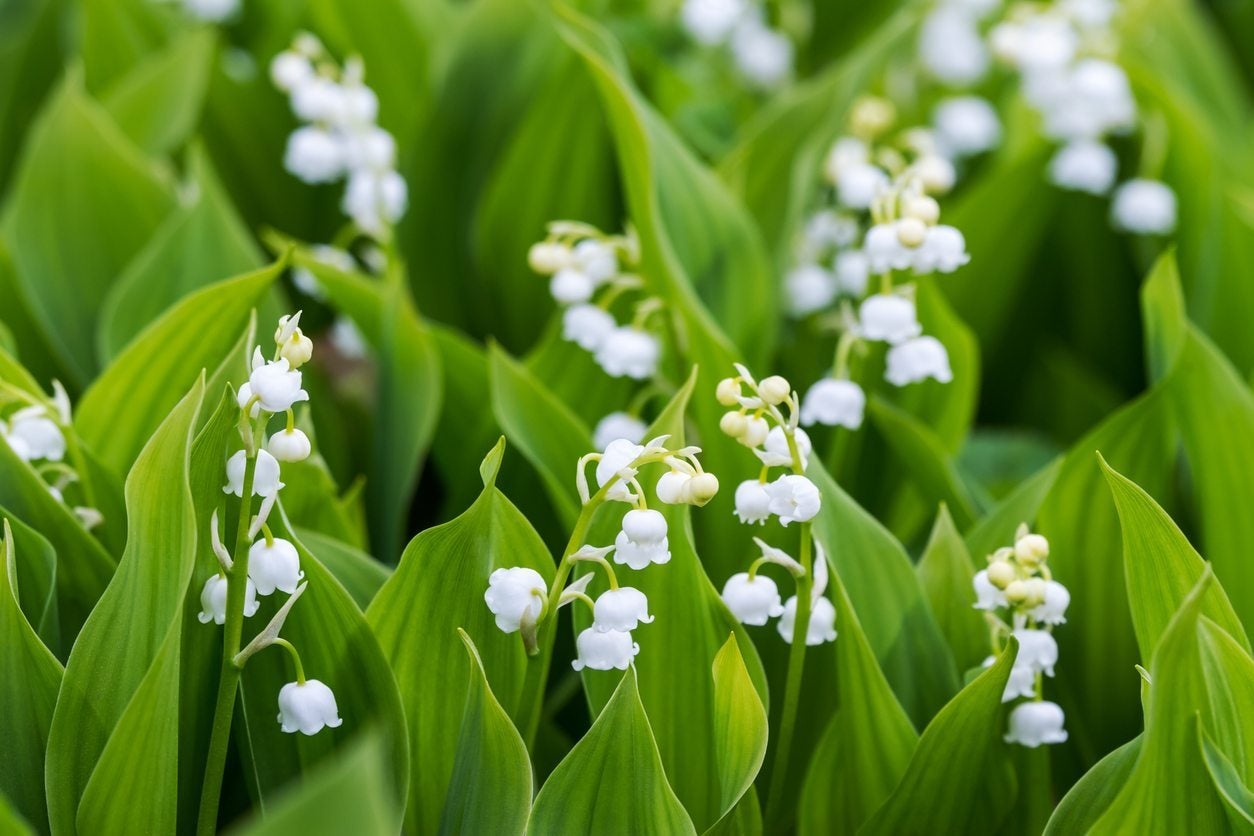 Dividing Lily Of The Valley: When To Split Lily Of The Valley Plants
Dividing Lily Of The Valley: When To Split Lily Of The Valley PlantsAlthough lily of the valley is extremely easy to grow (and may even become aggressive), occasional division is necessary to prevent the plant from becoming unhealthy and overcrowded. The following article can help get you started with lily of the valley division.
By Mary H. Dyer
-
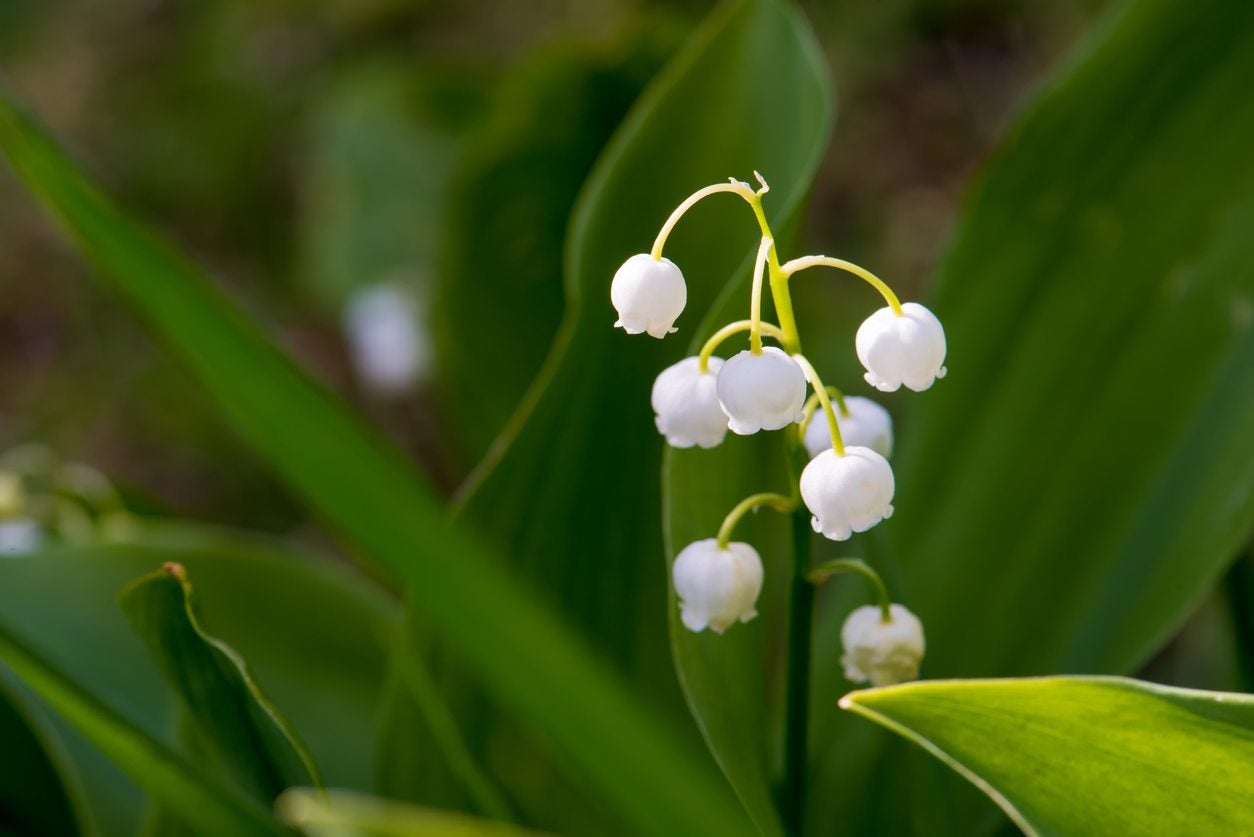 Is Lily Of The Valley Poisonous : Understanding Lily Of The Valley Toxicity
Is Lily Of The Valley Poisonous : Understanding Lily Of The Valley ToxicityIs lily of the valley safe for gardens? Lily of the valley toxicity makes it unsafe to have around children and pets. The plant is so dangerous that ingestion could result in a trip to the emergency room, or in rare cases death. Learn more in this article.
By Bonnie L. Grant
-
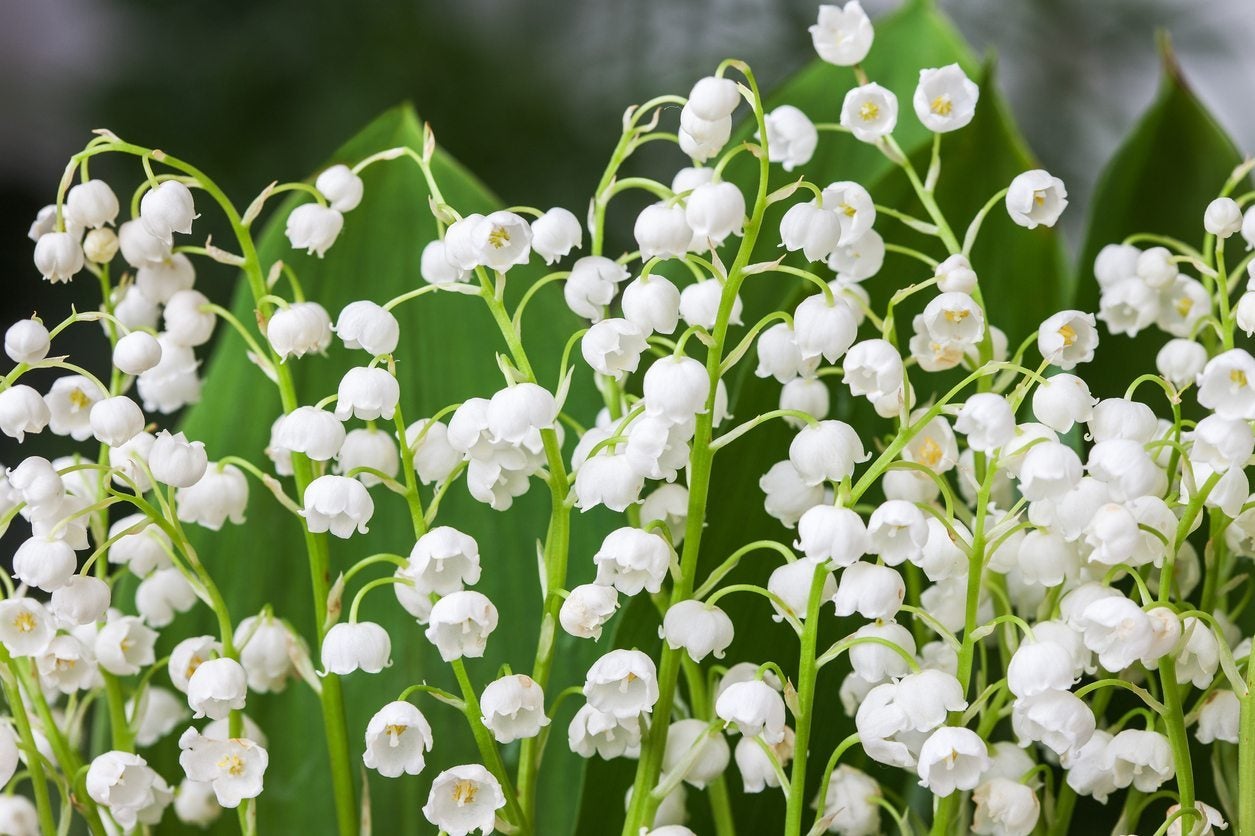 Lily Of The Valley Varieties – Growing Different Types Of Lily Of The Valley Plants
Lily Of The Valley Varieties – Growing Different Types Of Lily Of The Valley PlantsLily of the valley plants produce a delicate, fragrant flower that is unmistakable and a great addition to the garden. But what kind of selection is out there? Learn more about the different lily of the valley plant types in this article.
By Liz Baessler
-
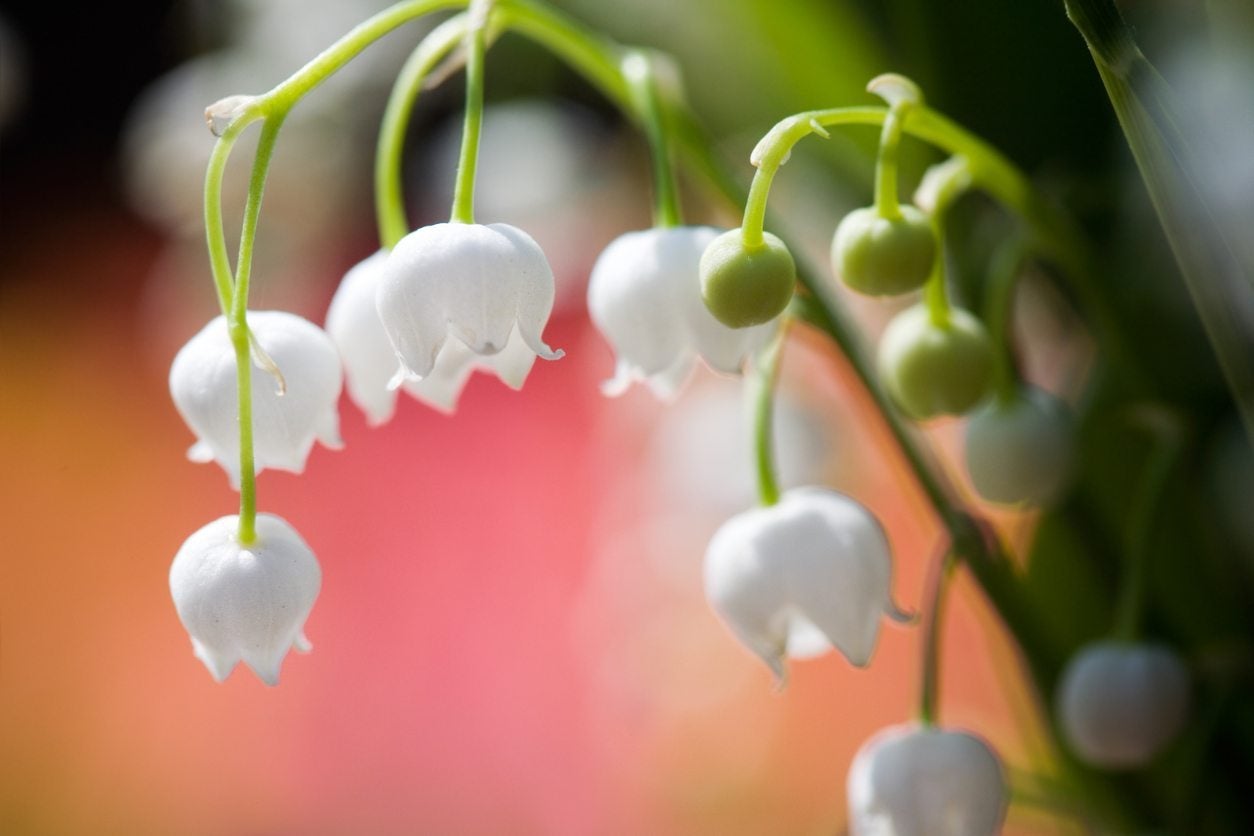 Lily Of The Valley Won’t Bloom: Why Is My Lily Of The Valley Not Blooming
Lily Of The Valley Won’t Bloom: Why Is My Lily Of The Valley Not BloomingLily of the valley is a delightful spring bloom with tiny, bell-shaped white flowers. It does well in shadier areas of the garden and can even be a pretty ground cover, but when your lily of the valley isn?t blossoming, all you have is a lot of greenery. Find out how to fix that here.
By Mary Ellen Ellis